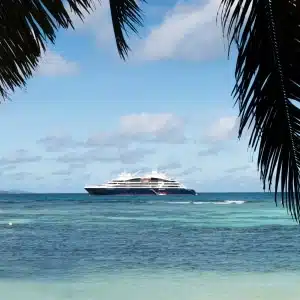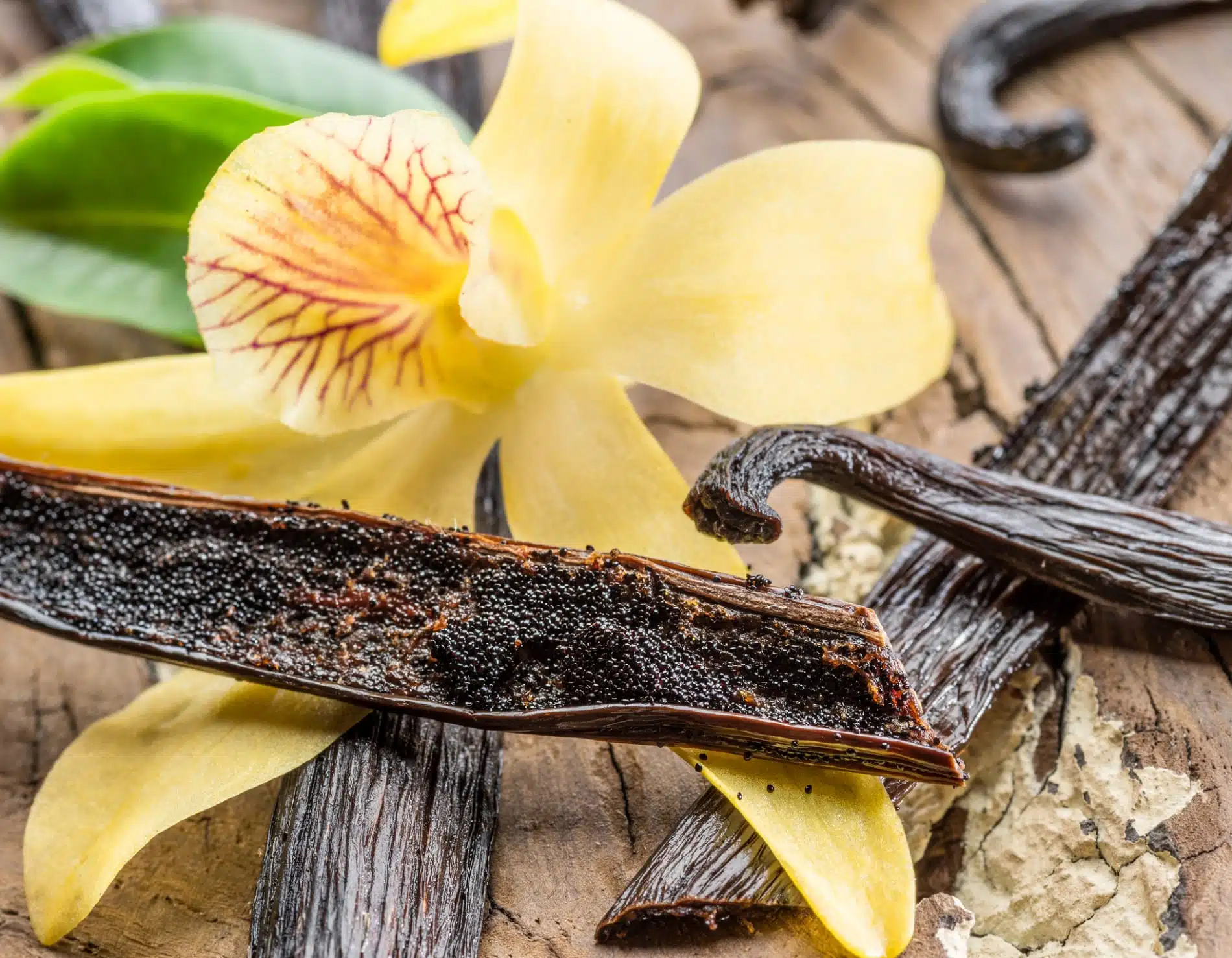An introduction to the iconic spice of Reunion and Madagascar
It smells like islands and tastes like travel. The aromatic plant has been highly appreciated for thousands of years and embodies the full mystery of the distant lands that are nature’s treasure troves. To learn more about vanilla, head to two legendary destinations in the Indian Ocean: Madagascar and Reunion Island.
Exploring vanilla in Reunion and Madagascar

Reunion and Madagascar are both tropical islands with mild climates, making them the perfect places to grow vanilla. But the Vanilla planifolia orchid, which produces the famous scented pods, is not originally from the Indian Ocean. It is actually native to Central America and is only found in Africa because of European colonialism. Today, it is one of the most remarkable treasures to be found on these two islands. They are the world’s leading vanilla producers, providing over 75% of the world’s vanilla.
It couldn’t be easier to discover the secrets of this legendary pod: head to one of the many vanilla plantations dotted along the islands’ shores, such as Roulof in Reunion or the Sambava plantations in Madagascar. Depending on the season, you will be able to admire lush vanilla vines, elegant pale yellow vanilla flowers (October to December) or the complex harvest (June to September). But no matter the time of year, take the opportunity to immerse yourself in time-honoured know-how.
Because vanilla as we know it is the result of a series of delicate operations. Starting with pollinating the flower: this is done by hand because the only bee capable of carrying out the task lives exclusively in Mexico. When the pod appears, it is picked, soaked in hot water, then left to dry in the sun for several months. This lengthy process is why vanilla is the second most expensive spice in the world after saffron. If you visit a plantation during the drying period, the smell is usually particularly heady, combining honey, flowers, leather and other irresistible fragrances!
Eternal virtues
Discovered in the 15th century by Spanish conquistadors and introduced to Europe by Hernán Cortés, vanilla quickly spread through the courts of the Old World. Aristocrats first used it as an additive to dark chocolate, another new product from the Americas. Many virtues were attributed to it, some plausible, others far-fetched: relaxing, medicinal and aphrodisiac. But the real revolution took place in the 17th century when the French decided to include it in their pastries. Then came vanilla ice cream: American President Thomas Jefferson was so enamoured with this sweet treat during a trip to Paris that he took the recipe back home with him. It is now carefully preserved in the Library of Congress! Today, vanilla is used in various forms — as a pod, extract, powder and sugar — to make a host of desserts and infused rums.
Why Bourbon?
Bourbon vanilla only grows in Madagascar and Reunion and is considered to be the best vanilla in the world. All the top chefs choose Bourbon vanilla to flavour their pastry creams and custards. But where does the name come from? It is simply named after the place it is grown. Reunion was called Bourbon Island after the reigning dynasty when it was ruled by France. Fun fact for foodies: so-called “frosted” Bourbon vanilla is the tastiest type of vanilla because it is flecked with small white crystals with a high vanillin content. This molecule is what gives the pod its unique flavour.

A heady fragrance
Although vanilla is first and foremost a vital ingredient for many desserts, it is also highly sought-after by the perfume industry. The first fragrance to include vanillin was the legendary Jicky by Aimé Guerlain. Legend has it that he created it after being left heartbroken. The most famous vanilla perfumes include Shalimar by Guerlain and the iconic Chanel N°5. So, from the tropical flower to the femme fatale is but a single step (or almost)!
Photos credits : © Istock

Explore the flavours of the Indian Ocean
Set sail with PONANT on a cruise to the most beautiful coastlines.



